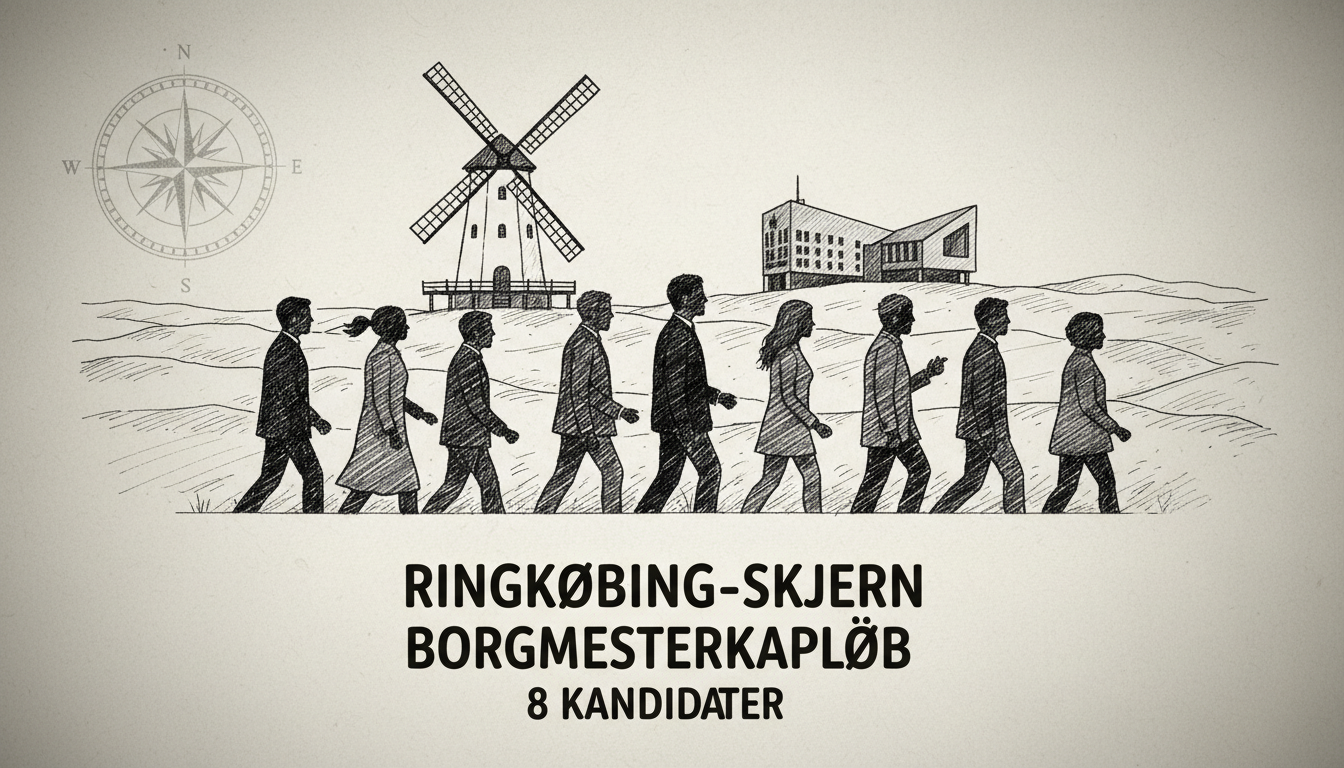Eight political candidates now seek the mayor's office in Ringkøbing-Skjern Municipality. This unusually crowded field emerges as Denmark prepares for local elections this November. The situation contrasts sharply with national politics, where only one candidate typically emerges as prime minister contender.
Søren Møller Christensen from Liberal Alliance defends his candidacy despite slim chances. He explains that all party leaders technically qualify as mayoral candidates. The title provides crucial media access and speaking opportunities that otherwise remain limited for smaller parties.
Local voters express different views about the numerous contenders. Many residents find the high number somewhat embarrassing. They question whether so many candidates genuinely expect to win the position.
Political science expert Karina Kosiara-Pedersen from Copenhagen University analyzes the trend. She notes that declaring mayoral ambitions brings immediate visibility benefits. This strategy proves particularly valuable for smaller parties struggling for media attention.
Local Danish politics differs significantly from national elections. Even minor parties can realistically achieve leadership positions through coalition building. Municipal councils often form unexpected majority constellations after elections conclude.
Holstebro and Ikast-Brande municipalities report similar patterns. Each location features five politicians competing for the top position. This reflects broader changes in Danish local political dynamics.
Candidates face increased scrutiny alongside the media benefits. Their backgrounds and qualifications undergo thorough examination by both media and opponents. Negative attention often accompanies the increased visibility.
The phenomenon highlights evolving campaign strategies in Danish municipal elections. Parties increasingly use mayoral declarations as positioning tools rather than realistic leadership bids. This reflects changing voter engagement patterns across Danish municipalities.
Ringkøbing-Skjern's situation demonstrates how local political landscapes are transforming. Traditional party dominance faces challenges from newer political movements. Voters will ultimately decide whether this candidate abundance represents healthy diversity or political fragmentation.
Danish municipal elections occur every four years across 98 municipalities. The upcoming vote will determine local leadership and budget priorities for the next term. Results often influence national political trends and voter sentiment.
